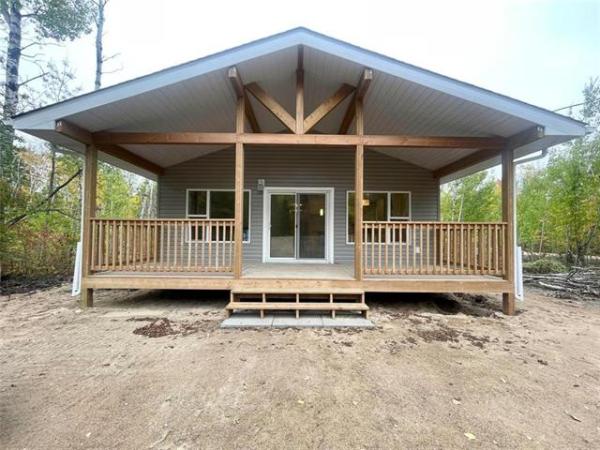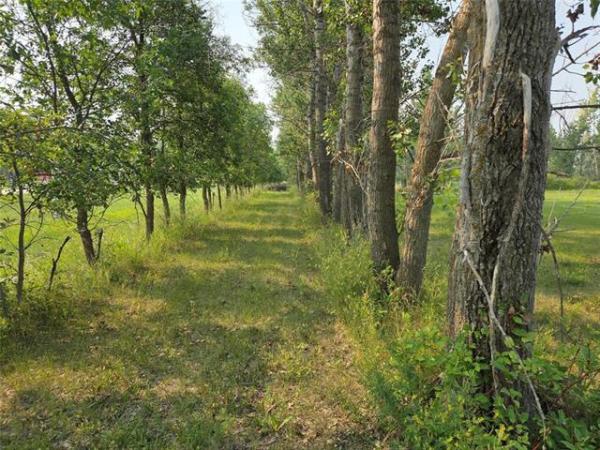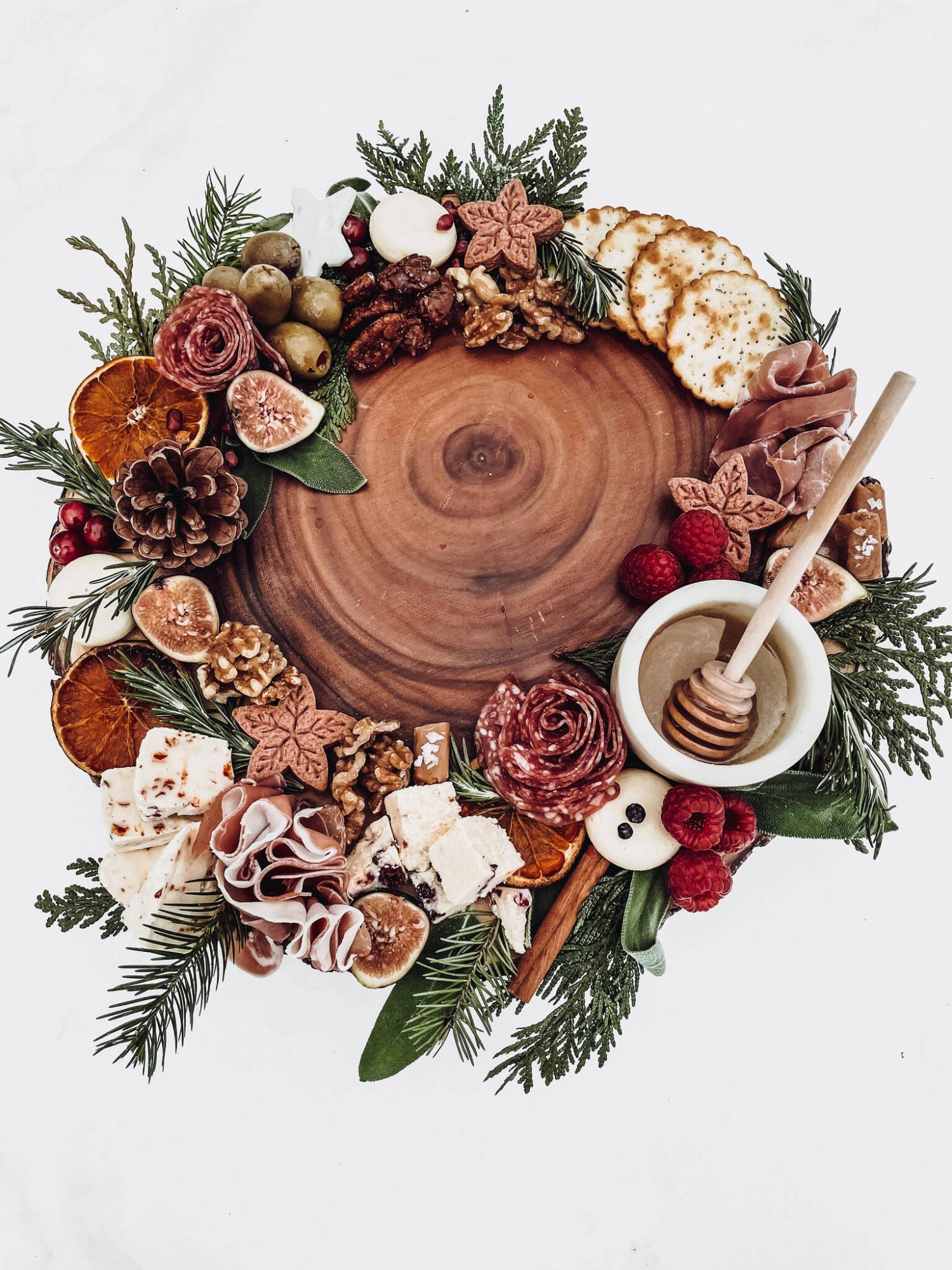
Sarah Joan Southern photo
Untouched food can be saved but don’t throw away food scraps. Food waste including meat, cheese, chocolate and much more are accepted at food-waste drop-off locations.

Across the Board Game Café photo
Across the Board Game Café participates in weekly compost collection, with 20,000 kilograms of organic waste composted to date.
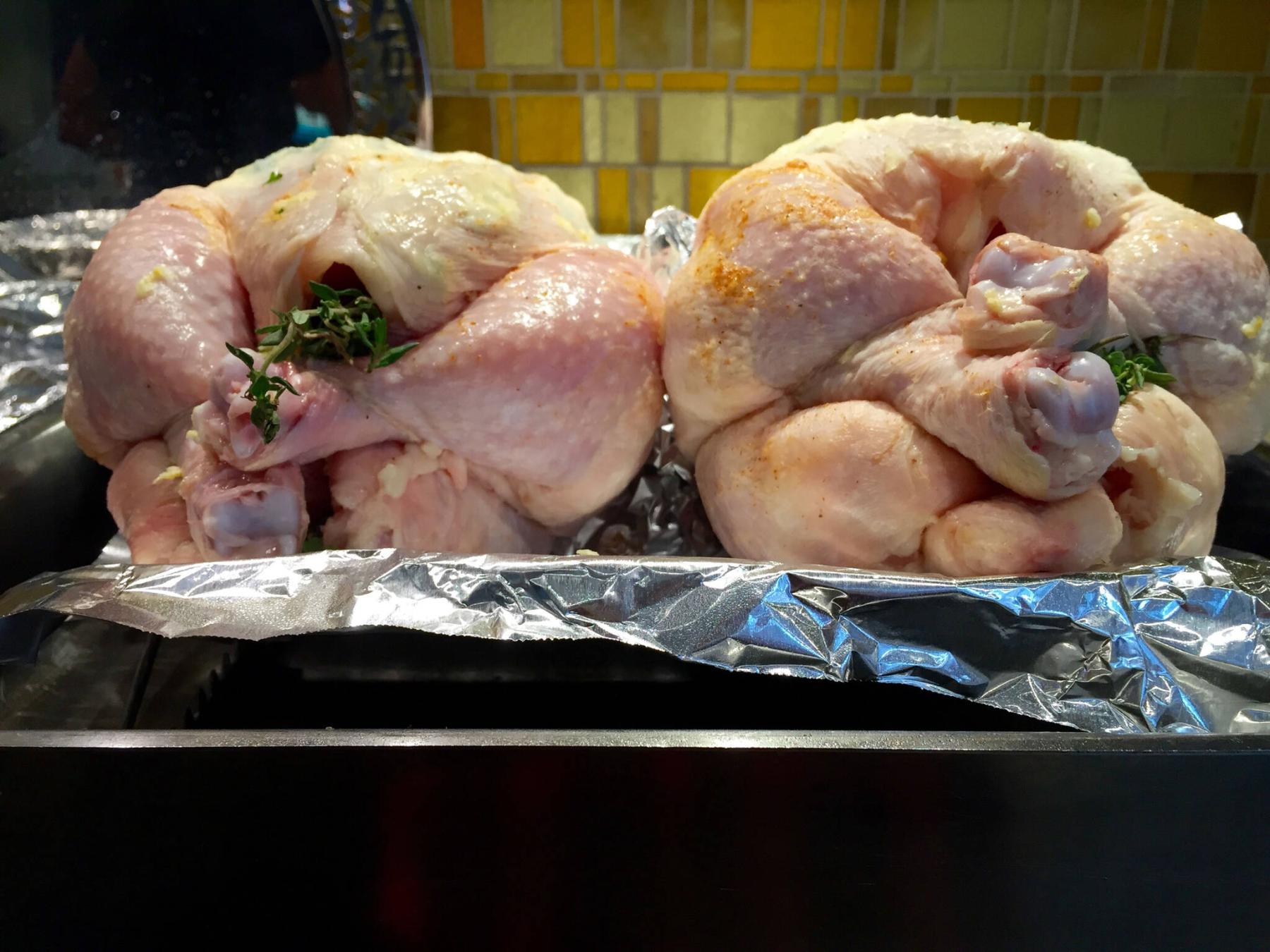
Jessika Aiello photo
Instead of throwing away discarded meat trimmings, bones, and cooled grease, put it into compostable bags and take it to a food waste drop off location.
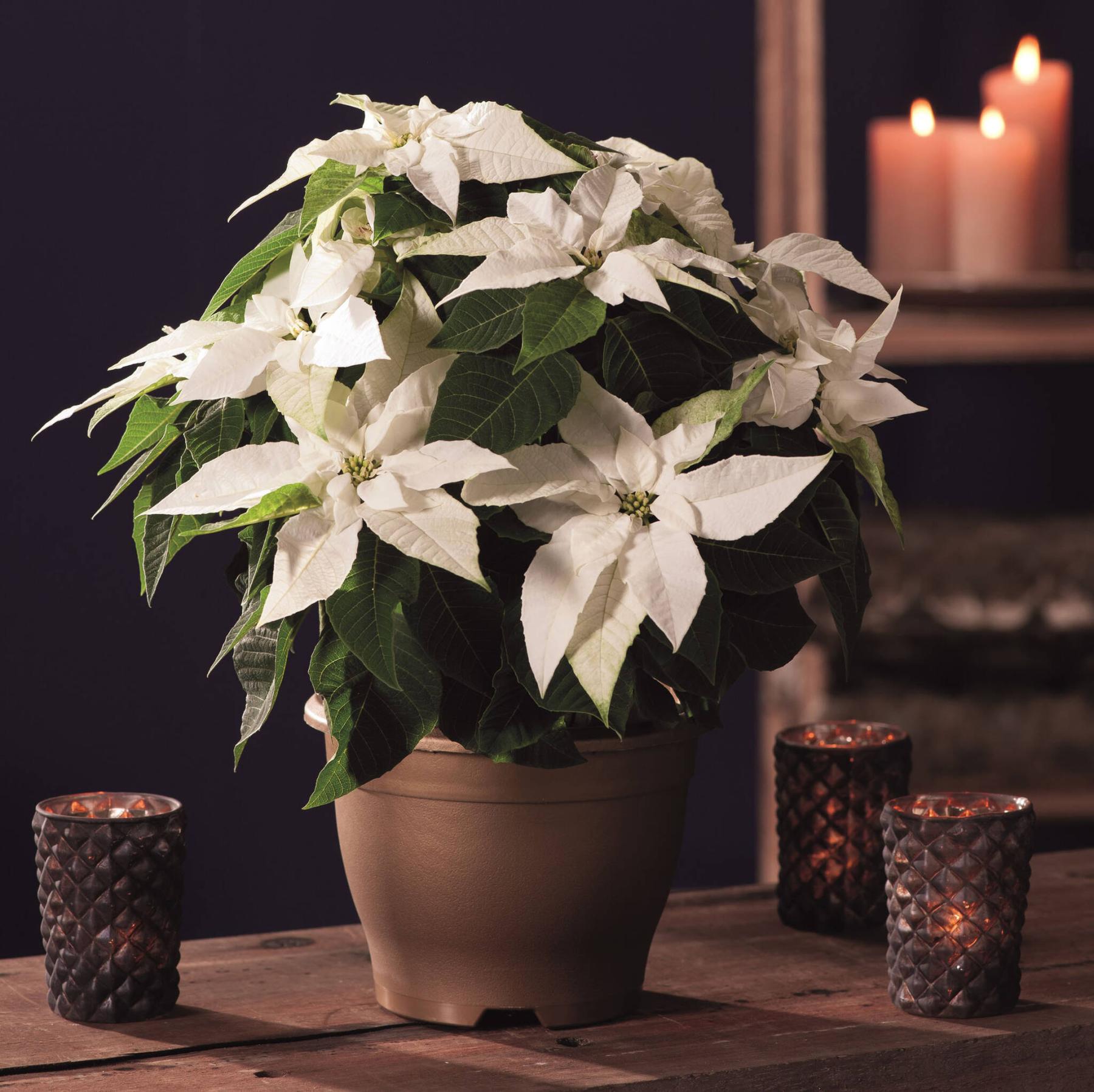
Suntory Flowers photo
If you’re not planning to keep your poinsettia plant after the holidays, save the pot and take it to a food-waste drop-off location.
The holiday season can be the most wonderful time of year.
In many homes, tables will be set with traditional holiday dishes. Festive table-scapes will add sparkle with candlesticks, seasonal greenery, fresh-cut flowers, cinnamon sticks and cranberries. There will be delectable charcuterie boards laden with meats, cheeses, breads, pickled onions, olives, chocolates, candy, nuts and fresh sprigs of rosemary and dill, accompanied by savoury spreads for dipping.
Fragrant cedar garlands decorate staircase banisters and mantels. Classic poinsettia plants adorn coffee tables. Exquisite wreaths with fresh-seeded eucalyptus leaves, pine cones and foraged spruce branches hang on front doors to greet holiday guests.
Amid the hustle and bustle of the holidays, vast amounts of food left over on plates will be tossed into the garbage. When the holidays are over and live greenery has curled up and dried, seasonal arrangements will be disassembled. Bits and pieces will be stored away for another year and the remainder will be thrown in the trash. The holiday magic will have ended for another year.
According to Second Harvest Canada, as much as 46.5 per cent of all food in Canada is wasted. More than 56 billion kilograms of greenhouse gases are created annually by wasted food. Canadians produce more waste in December than any other month of the year.
But there is so much opportunity to reduce waste this holiday season in terms of both food and holiday décor.
In mid-October the City of Winnipeg and Compost Winnipeg partnered to launch 14 food-waste drop-off stations across the city. Karrie Blackburn, sales and customer service lead at Compost Winnipeg, says as of Dec. 10, 603 bins, containing an average of 62 kg of organic waste, have been dropped off, for a total of 37,605 kg of organic waste diverted from the landfill thanks to the community depots.
“The program has been far more successful than we were anticipating,” says Blackburn. “Each of the sites was supposed to get two bins. That was our expectation and right now it’s ranging between four and 14 bins that have to be emptied at each of these sites. So, it has exploded.”
Who’s using the bins? “Our feedback is that a lot of homeowners and some apartment residents are using them,” says Blackburn. “Many are senior citizens. Also, people who do backyard composting but who can’t compost certain items, they are taking them to the community bins.”
Getty Stewart, professional home economist, has some skepticism about the food-waste program. “It seems like it’s a system designed for those who are already convinced about reducing waste — those who have a car and who have time. That’s missing a big portion of our population.” Stewart says she would much rather see a focus on preventing food waste.
“Key reasons why we waste food,” she says, “are that we buy too much food, make too much food, store food improperly and are not making efficient use of leftover food.”
I’ve heard from backyard composters, too, who feel the finished compost from food-waste drop-off bins must be an inferior product because of the types of food accepted at the depots.
There is a lot to unpack here.
Many people who are avid backyard composters endeavour to compost year-round. But not all food items are acceptable in a backyard compost bin. Consider for example the types of leftover foods on a charcuterie board such as meat, cheese, baked goods, nuts and chips. Or the bones from the roast turkey you served or the bacon grease from the Christmas brunch you plan each year. These are not acceptable items for backyard composting.
“Temperature is the greatest variable,” says Blackburn. “As an industrial-scale composting facility, we can accept a much wider range of materials than the typical backyard composter can, because the temperature reaches the range of 60-70 C at the peak of composting. Different microbes, bacteria, fungi and insects work to break down the food waste. The result is a nutrient-dense, Grade A finished compost.
“The other variable is, not everyone has access to a backyard composter and not everyone wants to backyard compost,” says Blackburn. “Furthermore, about half of our city’s population does not live in a single-family dwelling.” Blackburn says food-waste bins have been placed within walking distance of areas with high-density populations and at sites visited regularly.
Backyard composters know finished compost from kitchen scraps, grass clippings and plant material is akin to nutritious “black gold” for flower and vegetable gardens. But what happens with the finished compost from the food-waste drop-off bins?
“We work in partnership with Prairie Green Landfill in Stony Mountain,” says Blackburn. “They have a large-scale composting facility where they process our organics. This landfill uses the finished compost in landfill management. The finished compost acts as a bio-filter between the layers of trash added to the landfill, so it helps to sequester methane emissions over time.
“Now, if a landfill isn’t using a finished compost for this purpose, they would be using topsoil. Topsoil is where we grow our food. If it goes into a landfill, it is a resource lost.”
The finished compost is also used in landfill remediation. “In Winnipeg, there are 33 landfills that have been remediated using finished compost with a topsoil mix that is planted with native Prairie grasses. Native grasses have deep root systems that further sequester and extract methane emissions out of landfills.”
Green Action Centre shares tips on its website on how to green your holidays and reduce food waste. Alexa Harwood-Jones, compost and waste-reduction program co-ordinator for the centre, says on every single day of our lives we produce food waste. “Give community composting a whirl even if it’s just for a week,” she says. “Food waste, live wreaths, garlands, poinsettia plants and bundles of greenery — those are acceptable in the food-waste bins. What you’re going to notice is how minimal your garbage (volume) is by participating in this program. It’s a small, achievable action we can all do that results in a significant reduction in emissions.”
Clinton Skibitzky owns Across the Board Game Café, located at 105-211 Bannatyne Ave. His business participates in a weekly compost-collection program. “At Across the Board we feel it is very important to minimize food waste that could contribute to climate change, and to improve our environment and sustainability into the future.”
Since moving into its current location, Across the Board has composted approximately 20,000 kg of organic waste.
The cities of Brandon, Winkler and Morden already offer curbside compost collection. Eldon Wallman, manager of solid waste, for the City of Steinbach, says there is a strong directive from Steinbach city council to get curbside organics collection up and running in the next year or two.
Buying into Winnipeg’s food-waste drop-off program helps reduce food waste and landfill emissions. It could even lead to curbside composting, a program on many people’s wish lists.
colleenizacharias@gmail.com
For ideas and tips to keep your outdoor and indoor plants growing, sign up to receive Winnipeg Gardener, a free monthly newsletter I write for the Free Press. You can find the latest edition and sign up to receive the newsletter at winnipegfreepress.com/newsletter/winnipeg-gardener



